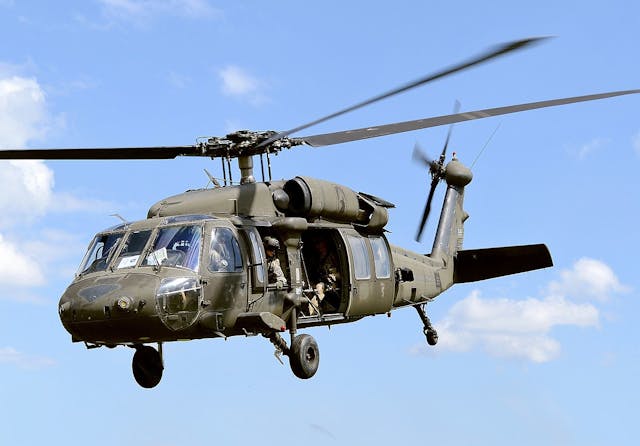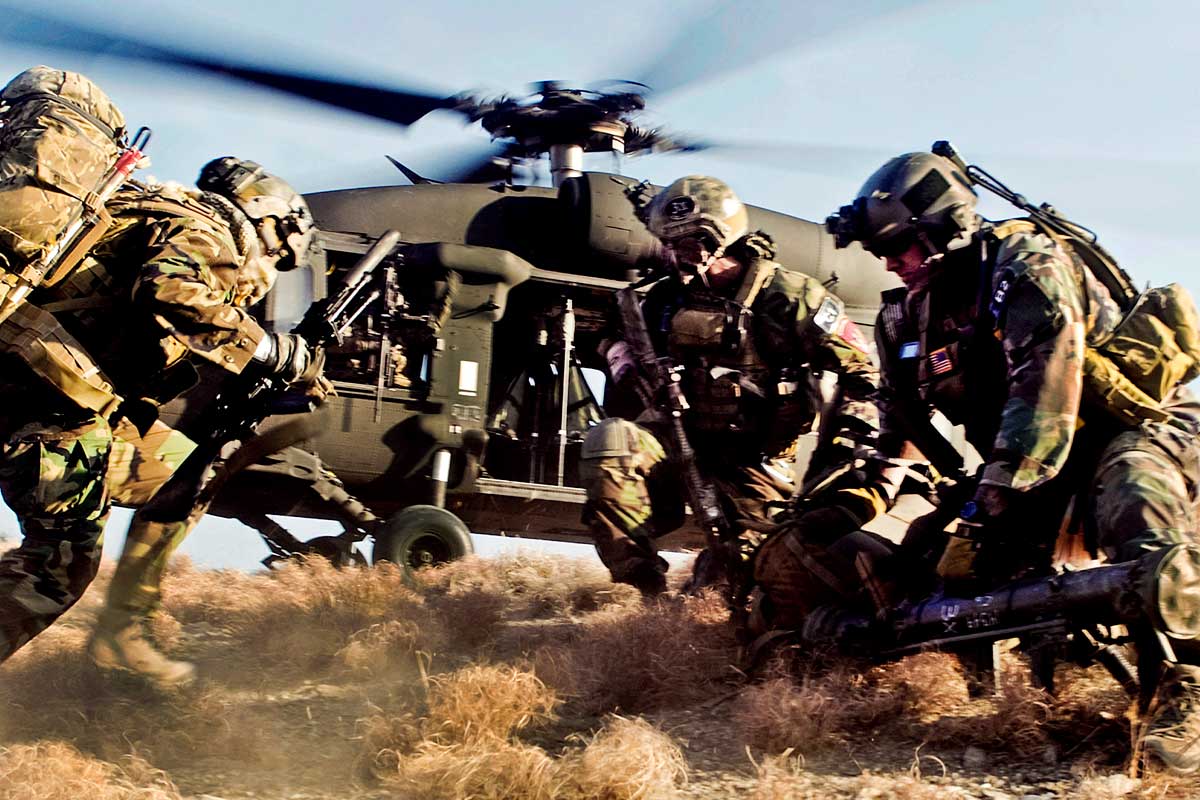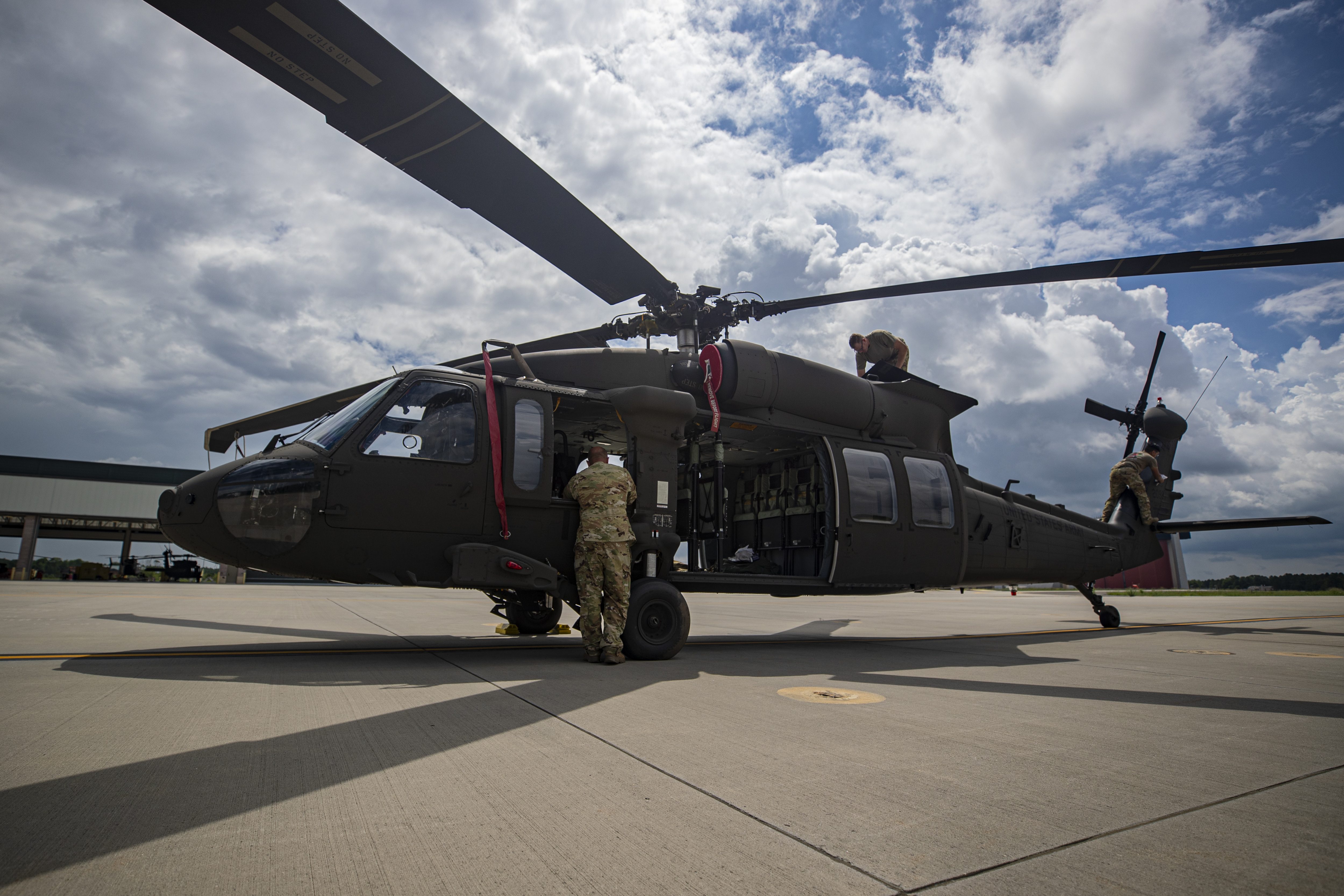UH 60 Black Hawk Helicopter Versions and Their Usages
UH 60 Black Hawk Helicopter Versions and Their Usages
Blog Article
Exploring the Ingenious Innovation Behind Aircraft Design and Design
The field of aircraft style and engineering is witnessing a transformative change driven by ingenious innovations that enhance performance, efficiency, and sustainability. Advanced products such as carbon fiber composites and titanium alloys are setting brand-new requirements, while wind resistant technologies and artificial knowledge are simplifying procedures and enhancing results. As the market faces the obstacles of ecological responsibility, growths in lasting aeronautics innovations guarantee to reshape the future. The implications of these advancements expand past performance metrics; they may redefine the actual nature of air travel. What might this mean for the sector overall?
Advanced Materials in Aircraft Design
Just how can the integration of innovative materials reinvent airplane style? The incorporation of innovative materials, such as carbon fiber compounds, titanium alloys, and progressed porcelains, plays an essential function in improving aircraft performance and efficiency.
Additionally, advanced products show enhanced resistance to deterioration and fatigue, leading to lower maintenance costs and extended life span. The usage of titanium in critical elements assists stand up to extreme temperature levels and stress and anxieties, while carbon fiber composites provide adaptability in layout and manufacturing processes. This adaptability enables even more wind resistant forms, adding to premium performance features.
Additionally, the integration of smart materials, which can change properties in reaction to outside stimulations, opens up brand-new opportunities for adaptive systems in airplane design. uh 60. These developments promise not just to boost security and functional efficiency but additionally to add to sustainability initiatives by lessening environmental impact with minimized emissions. In summary, advanced products are redefining the landscape of aircraft design, leading the way for a lot more efficient, durable, and eco friendly aviation remedies
Wind Resistant Developments for Performance
Aerodynamic developments play a pivotal role in boosting airplane efficiency, considerably influencing gas usage and overall performance. Developments in airfoil layout, such as the intro of supercritical wings, allow for optimized lift-to-drag proportions, reducing drag at transonic speeds. These developments make it possible for airplane to keep higher speeds with lower fuel expense, directly affecting functional expenses and environmental sustainability.
In addition, the integration of winglets has proven reliable in reducing vortex-induced drag at the tips of wings, additionally boosting fuel performance - uh 60. This design modification leads to a reduction in wake disturbance, contributing to improved aerodynamic performance during cruise conditions

Moreover, computational fluid characteristics (CFD) devices have actually revolutionized the testing and improvement of wind resistant forms, permitting accurate simulations of airflow around airplane (uh 60). This enables designers to innovate continually, making sure that contemporary aircraft not only satisfy regulative requirements however also push the borders of performance in aeronautics

Role of Computer System Simulations
Computer system simulations have ended up being an essential device in the area of airplane layout, enabling designers to perform in-depth analyses and optimizations of numerous style aspects. These simulations enable the virtual screening of wind resistant residential properties, structural honesty, and performance metrics long before physical prototypes are developed. By using computational fluid characteristics (CFD) and finite aspect evaluation (FEA), engineers can anticipate how air moves around the aircraft and exactly how various products will react to tension and pressure.
In addition, computer simulations help with the exploration of a variety of circumstances and variables, accelerating the layout process and lowering costs connected with physical testing. This ability not additional reading only improves the precision of forecasts relating to airplane behavior however likewise uses understandings into prospective layout enhancements that may not be promptly noticeable through traditional approaches.

Furthermore, simulations assist make sure conformity with rigorous safety policies by enabling designers to determine and remedy prospective problems early in the layout stage. The assimilation of simulation technologies into the aircraft layout procedure highlights the considerable developments in engineering techniques, inevitably adding to the development of safer, much more effective, and environmentally pleasant airplane.
Expert System in Engineering
Synthetic knowledge (AI) is revolutionizing the design landscape, specifically in aircraft style, by enhancing decision-making processes and enhancing style process. Via artificial intelligence formulas, AI can evaluate vast datasets, revealing patterns and understandings that notify layout selections and boost general performance.
AI applications in airplane design consist of generative style, where algorithms develop several layout options based on defined criteria, permitting designers to examine a wider variety of possibilities. This not only accelerates the layout phase but likewise makes certain that the last products fulfill stringent performance and safety criteria.
Moreover, AI-driven predictive helpful site analytics help with maintenance scheduling by evaluating historic information and anticipating possible failings. This positive technique lowers downtime and boosts airplane integrity.
In addition, AI help in simulation and modeling, making it possible for designers to examine designs under different conditions without the need for physical prototypes. This capability shortens development timelines and minimizes costs linked with typical screening methods.
Lasting Air Travel Technologies
How can the aeronautics sector successfully equilibrium growth and environmental responsibility? The answer exists in the adoption of sustainable aeronautics modern technologies that prioritize efficiency and lower carbon exhausts. Developments such as sustainable air travel fuels (SAFs), which are originated from renewable energies, have actually emerged as a crucial part in accomplishing lower lifecycle exhausts. SAFs can substantially decrease the carbon impact of flights, making them a viable choice to standard jet fuels.
Moreover, improvements in aircraft style, such as the growth of lighter materials and even more aerodynamically effective forms, contribute to boosted fuel effectiveness. Electric and hybrid propulsion systems are additionally acquiring grip, offering a pathway to lower reliance on fossil gas and decrease greenhouse gas discharges.
The combination of these modern technologies is supported by governing frameworks and industry partnerships you can try this out targeted at setting enthusiastic sustainability targets. Electronic devices like data analytics and synthetic knowledge can maximize flight operations, even more boosting gas performance. By embracing lasting methods and innovations, the aeronautics sector can not only meet the growing demand for air traveling yet likewise play a crucial role in dealing with environment adjustment, ensuring a more sustainable future for air transportation.
Conclusion
The convergence of innovative materials, aerodynamic technologies, and sophisticated innovations marks a substantial advancement in aircraft design and engineering. The assimilation of carbon fiber compounds, titanium alloys, and AI-driven procedures not only boosts performance and efficiency however also simplifies process and predictive maintenance.

Computer simulations have actually come to be an essential tool in the area of airplane layout, enabling engineers to carry out thorough evaluations and optimizations of various design aspects.The convergence of sophisticated products, wind resistant technologies, and sophisticated technologies marks a significant development in aircraft style and engineering.
Report this page